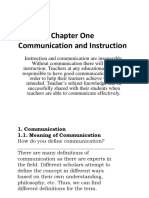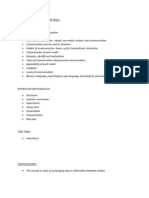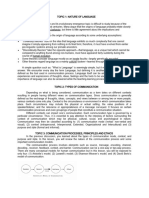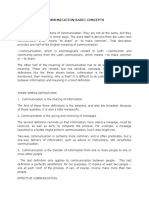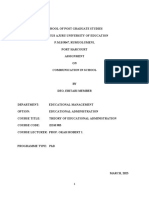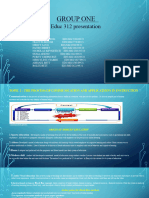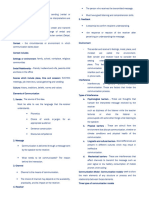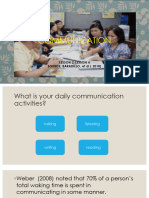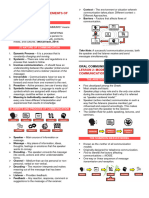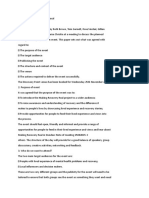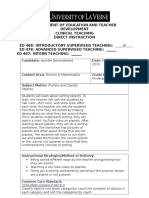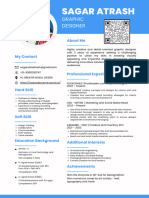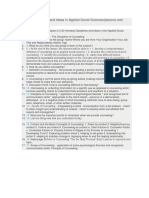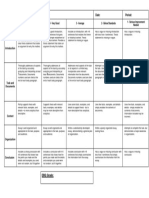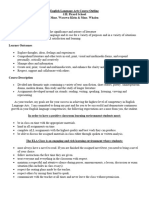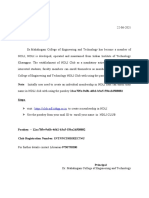0% found this document useful (0 votes)
29 views11 pagesTopic 2 - Communication Process and Models
The document discusses the importance of effective communication in various contexts, particularly in teaching and learning. It outlines the communication process, key elements, types of communication, and barriers to effective communication, emphasizing the need for clarity, feedback, and understanding between senders and receivers. Additionally, it highlights different communication models and their implications for teaching effectiveness.
Uploaded by
calvinkentoz306Copyright
© © All Rights Reserved
We take content rights seriously. If you suspect this is your content, claim it here.
Available Formats
Download as PDF, TXT or read online on Scribd
0% found this document useful (0 votes)
29 views11 pagesTopic 2 - Communication Process and Models
The document discusses the importance of effective communication in various contexts, particularly in teaching and learning. It outlines the communication process, key elements, types of communication, and barriers to effective communication, emphasizing the need for clarity, feedback, and understanding between senders and receivers. Additionally, it highlights different communication models and their implications for teaching effectiveness.
Uploaded by
calvinkentoz306Copyright
© © All Rights Reserved
We take content rights seriously. If you suspect this is your content, claim it here.
Available Formats
Download as PDF, TXT or read online on Scribd
/ 11



